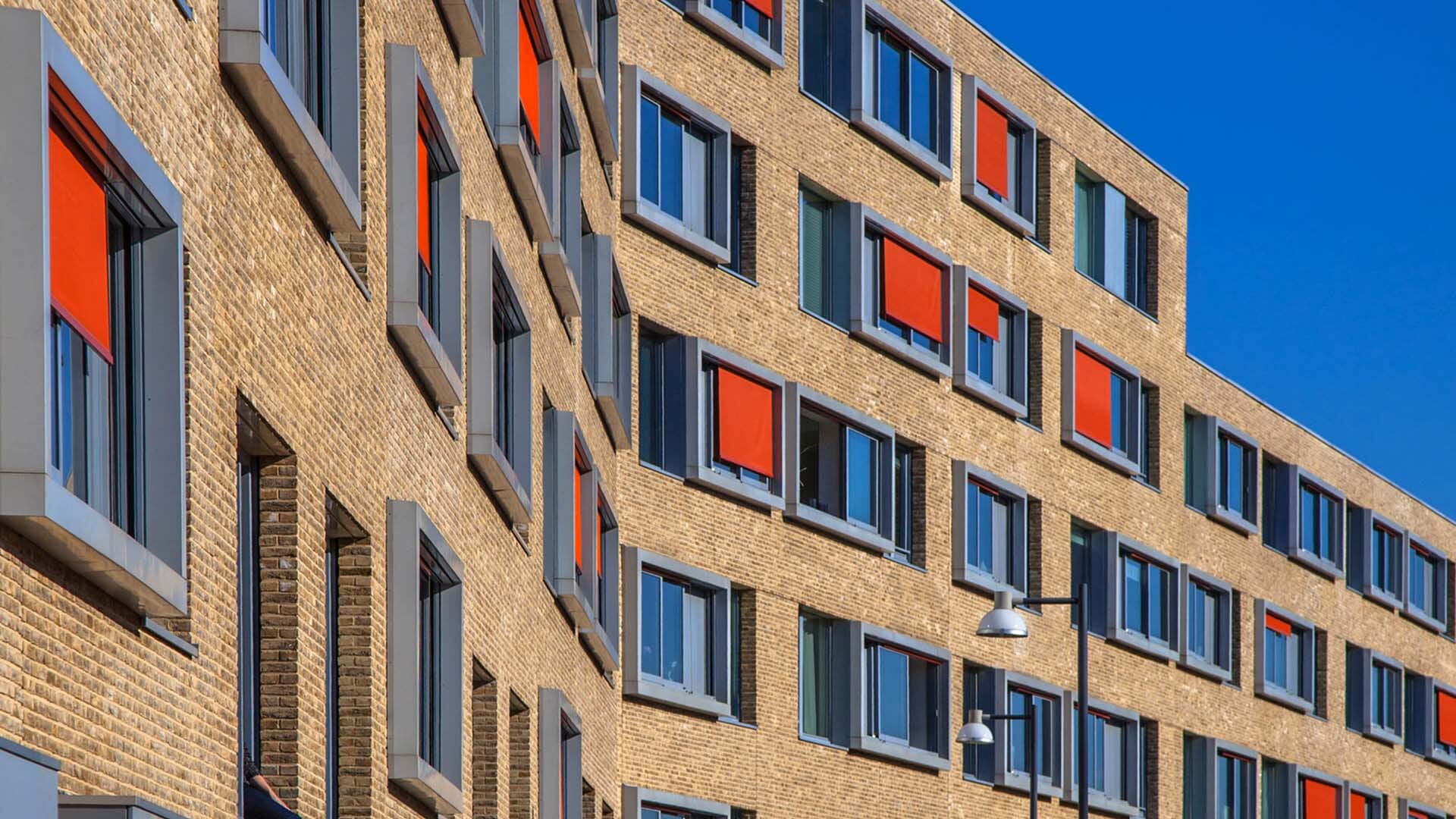 CreativeNature_nl / Envato elements
CreativeNature_nl / Envato elementsFundamental Changes in the Student Housing Sector
Shifting tenant behavior & driving sustainable approaches to PBSA
Important Takeaways:
-
Engaging tenant's behavior will be essential for the ESG agenda;
-
Students are more likely to engage with straightforward messages and data;
-
Partnerships between owners and universities are a win-win;
-
Managing embodied carbon in construction and operation remains an urgent challenge for targeting net-zero aspirations
Student properties have proven to be resilient real assets through turbulent times, and now most universities worldwide have returned on-campus. Enrollments from primary and secondary cities are trending upward – on this topic, see GRI last Student Housing Committee session.
However, targets for net-zero emissions in student accommodation are becoming a bigger headache by the minute.
Yes, the E in ESG has been core to purpose-built student accommodation for over 20 years. But there seems to be no mainstream industry approach when it comes to minimizing the carbon footprint and still delivering outsized commercial performance.
Aiming to set a baseline to understand effective sustainable strategies, world-class student housing owners, operators, investors, and asset managers gathered in the second GRI Global Committee session on Student Housing on May 17, 2022.
Driving student behavior
PropTech company Varig believes that tenants should play a major role in reaching net zero in PBSA. However, as conveying the full picture of environmental challenges is an arduous task, engaging building users in this commitment can be a hurdle.
Besides, according to Varig's research, tenant consumption has been treated as an issue beyond owners’ control and, even so, makes up the majority of the total utility expenses. During the Committee’s session, members also agreed that changing users’ behavior is essential if leading real estate players want to improve energy and water consumption.
When it comes to students, one point highlighted was that dealing with their energy consumption cannot be a carrot and stick strategy. Part of the solution lies in straightforward messages that show consumption data and self-improvement goals.
Using screens spread throughout the building, for example, tend to perform better than asking users to engage with “one more an app”.
Varig makes sustainability reporting for Real Estate. It provides software for property
owners, managers, and tenants to promote sustainability.
Likewise, according to some committee members, agreements between owners and universities tend to be a win-win strategy.
If owners utilize master leases with universities or are building on-campus developments, using academic knowledge can significantly impact the net-zero journey of PBSAs. Students themselves, in this scenario, should be more actively involved in monitoring carbon footprints and other solutions towards net-zero in their own buildings.
Improve tenants’ consumption through flexible leasing models?
Committee members and guests discussed if all-inclusive leasing contracts may directly affect ESG practices.
Although there was no consensus on this point, some argued that the introduction of a minimum energy consumption system should be considered. Above the minimum established, consumption should be measured and charged. While such contract models require expensive monitoring systems, they may allow for more sustainable practices.
No big deal in following the regulation
Managing the carbon footprint throughout the full life cycle of planning, building, and operating is another key challenge. The need to think beyond operational efficiency and set ambitious targets was identified by investors and asset managers during the session.
Only cement production creates about 7% of the world’s carbon dioxide emissions¹. Reducing construction time and using recycled materials will represent a huge impact on the outcome of the building.
Developers and asset managers expect innovative techniques to revolutionize the construction sector towards a net-zero future and tackle embodied carbon emissions. Reducing development costs with modular and tech improvements seems to be one of the alternatives on the horizon to turning investments feasible and green.
In this regard, the Multifamily & BTR Global Committee explores what’s next for reducing costs with tech, innovative & ESG solutions.
In wrapping up this session, there was a prevailing consensus that the industry is not yet at the point where students pick an apartment because of its sustainable features. Most of them are likely to choose a PBSA because of location security, and modern amenities such as high-speed internet and great communities.
Looking across the globe, it seems that the environmental focus will only grow in importance over the next years, already pushing boards and management teams to think throughout the entire supply chain and scope 3 emissions. How to measure carbon footprint in this entire process is still one of the main focuses.
Watch Now
A complimentary excerpt of the full 1h Global Committee session exclusive to GRI Club Members. If you’re a member, watch the full session on Media Center.
About the GRI Global Committee
The GRI Global Committees function as think tanks that bring impactful international conversations, and top-notch content. They gather the most influential global players of the real estate industry in a full-year journey of online sessions in order to identify new trends, capitalise on growth opportunities, and aid deal flow discovery worldwide.
Learn more about GRI Club: griclub.org
– Written by Lucas Brancucci | GRI Global Committee Production Team
¹ Cement technology roadmap plots path to cutting CO2 emissions 24% by 2050 https://www.iea.org/news/cement-technology-roadmap-plots-path-to-cutting-co2-emissions-24-by-2050
